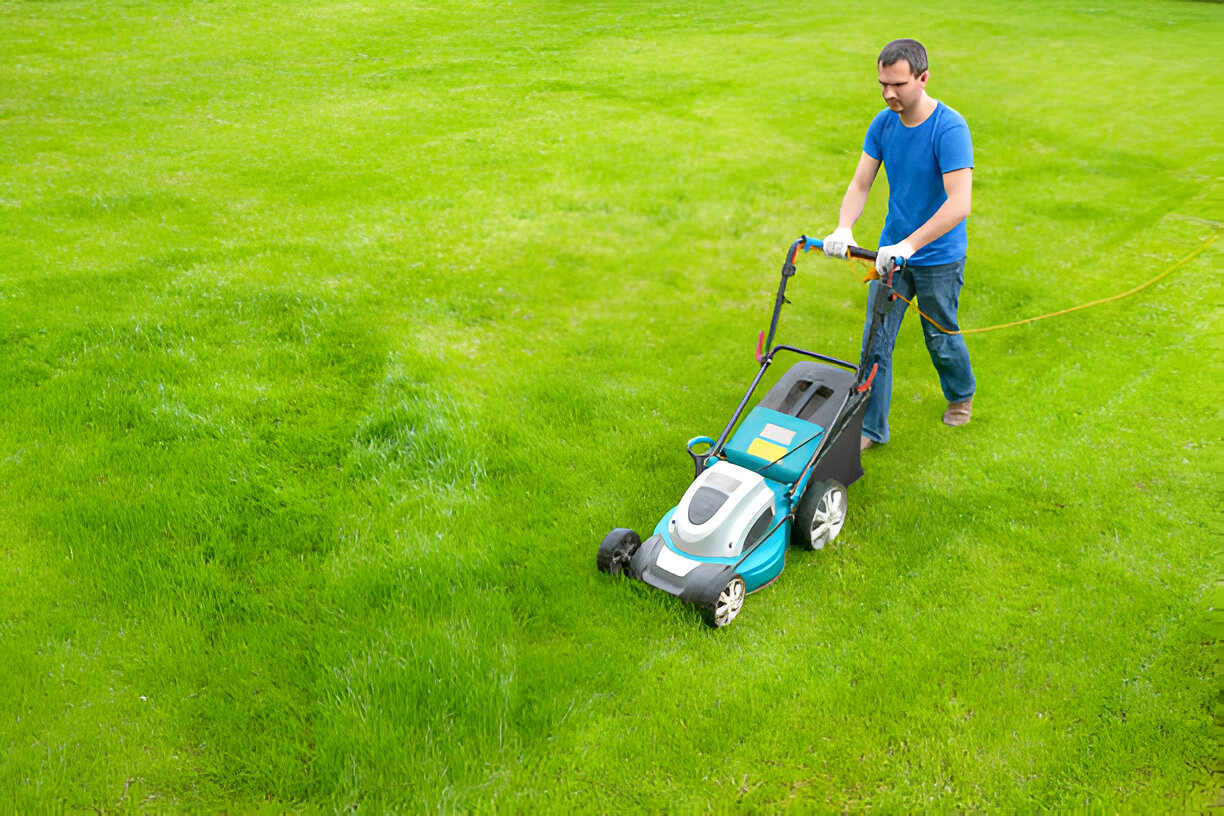Lawn and Sod Installation: The Differences
Creating a beautiful and lush green space around your home is a dream for many homeowners. However, achieving that dream requires making crucial decisions, such as choosing between a traditional lawn installation and sod installation.
Understanding the difference between a lawn and sod install can help you make an informed decision that aligns with your time, budget, and aesthetic preferences.

Contents
Lawn Installation
Lawn installation, commonly referred to as seeding, involves planting grass seeds directly into the soil. This traditional method allows homeowners to select from a wide variety of grass species, giving them control over the type of lawn they desire.
The process of seeding a lawn includes several steps: soil preparation, seed selection, sowing the seeds, and regular watering and maintenance.
One of the main advantages of lawn installation is cost. Seeding is generally less expensive than sod installation, making it an attractive option for budget-conscious homeowners.
Additionally, seeding allows for a wider selection of grass types, including those that may be better suited to your specific climate and soil conditions. This method also offers the satisfaction of watching your lawn grow from the ground up, which can be a rewarding experience.
However, seeding a lawn requires a significant time investment. It can take several weeks to months for the grass to grow fully, and during this period, the lawn is vulnerable to weeds, erosion, and other environmental factors.
Regular watering and maintenance are crucial to ensure the grass seeds germinate and establish properly. Patience and consistent care are essential when opting for lawn installation.
Another consideration is the timing of the process. Seeding is best done in the early fall or spring when the temperatures are moderate and the chances of rain are higher.
Planting grass seeds during these times helps ensure better germination and growth. This means that if you’re planning a summer lawn, you might need to wait until the optimal seeding season, which could delay your plans for a green space.
Sod Installation
Sod installation, on the other hand, involves laying pre-grown grass rolls over prepared soil. This method provides an instant green lawn, transforming your outdoor space in a matter of hours or days. Sod is grown on specialized farms and is typically harvested with a layer of soil and roots intact, ensuring a quick establishment once installed.
The primary advantage is the immediate results. Homeowners can enjoy a lush, green lawn almost instantly, which is particularly beneficial for those who want to enhance their outdoor space quickly.
Sod is also less susceptible to weeds and erosion compared to seeded lawns, as the dense grass prevents weed seeds from taking root. Moreover, it can be installed at almost any time of the year, provided the ground is not frozen.
While sod installation offers convenience and speed, it comes at a higher cost. The price of purchasing and installing sod is significantly more than seeding. Additionally, sod choices may be limited compared to the variety of grass seeds available. Despite these drawbacks, the instant gratification and reduced maintenance requirements make sod an appealing option for many homeowners.
Sod installation also demands proper soil preparation. The ground must be properly tilled, leveled, and sometimes treated to ensure it will root effectively.

While this process can be labor-intensive, the outcome is a uniform and lush lawn. Once installed, sod requires consistent watering, especially in the first few weeks, to help the roots establish in the new soil. Failure to keep the sod moist can result in poor root development and patches of dead grass.
When considering the environmental impact, seeding has an edge over sod installation. Growing grass from seeds often uses fewer resources and generates less waste than the production and transportation of sod. Additionally, seeding allows for the incorporation of native grass species, which can be more sustainable and better suited to local conditions.
What to Choose
Choosing between these two methids ultimately depends on your priorities and resources. If you prefer a cost-effective method and are willing to invest time and effort into nurturing your lawn, seeding might be the right choice for you. On the other hand, if you desire immediate results and are prepared to pay a premium for convenience, sod installation could be the ideal solution.
Both methods have their pros and cons, and understanding these differences can help you create the beautiful, green lawn you envision. Whether you opt for the gradual growth of seeding or the instant transformation of sod, the key to a healthy lawn lies in proper care and maintenance.

